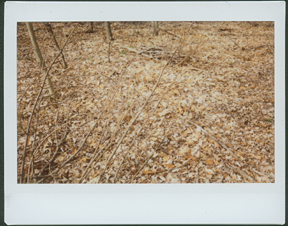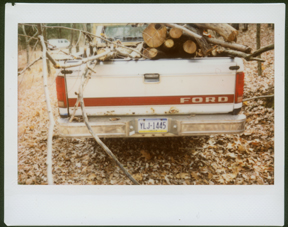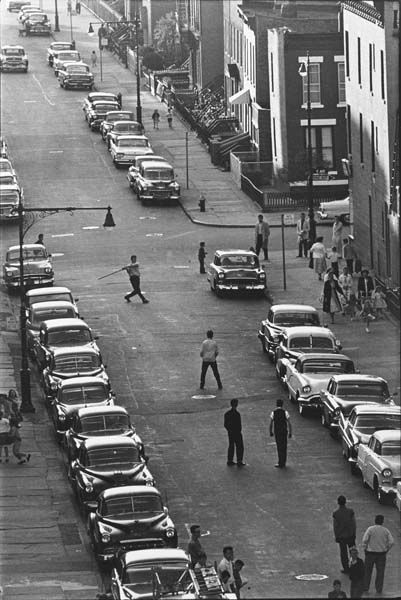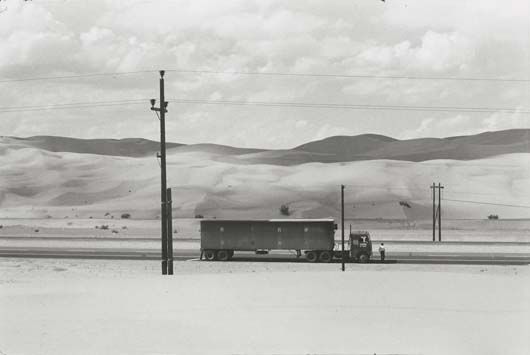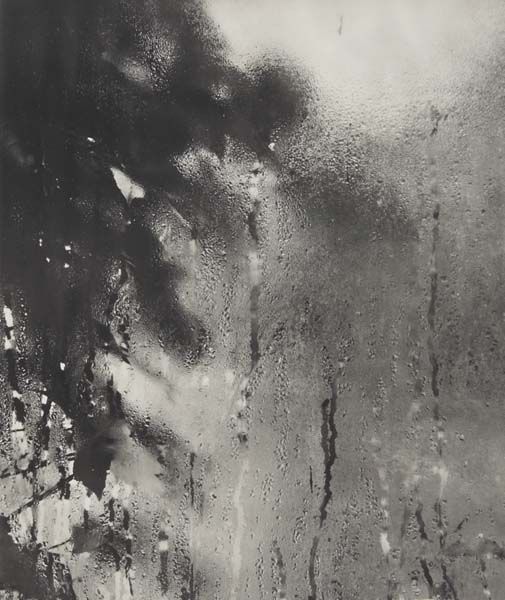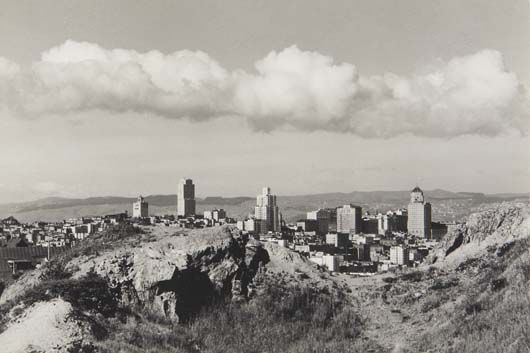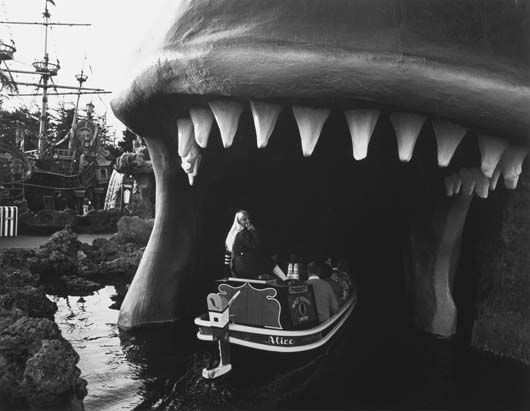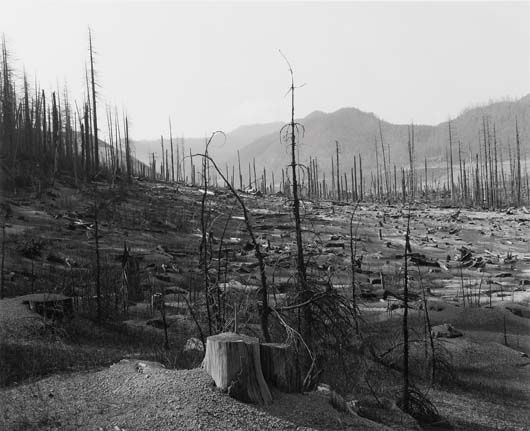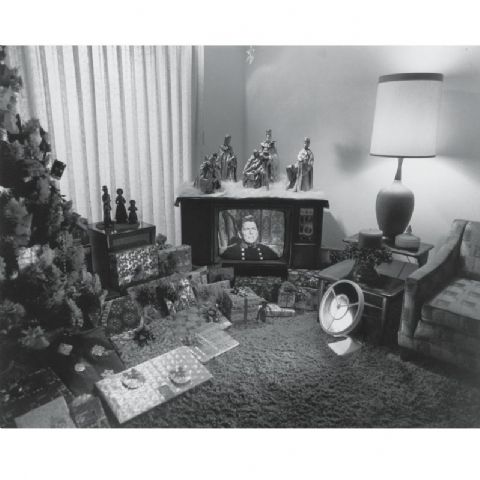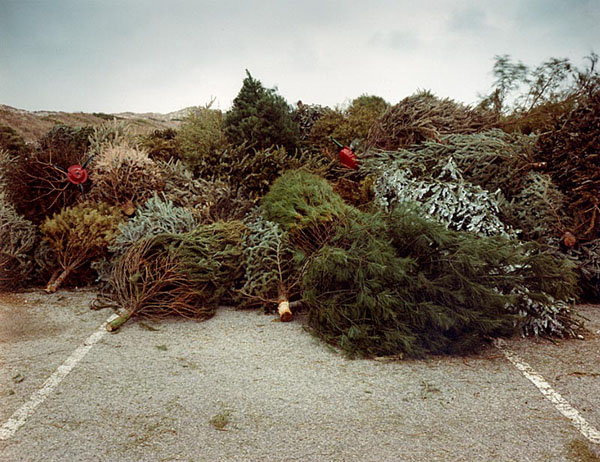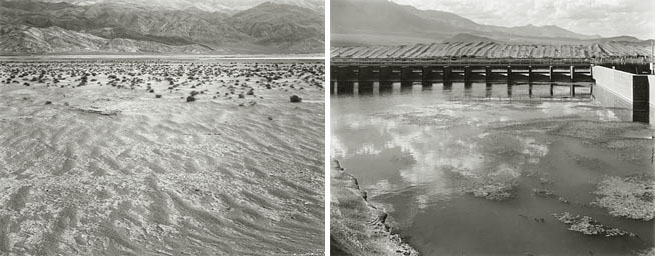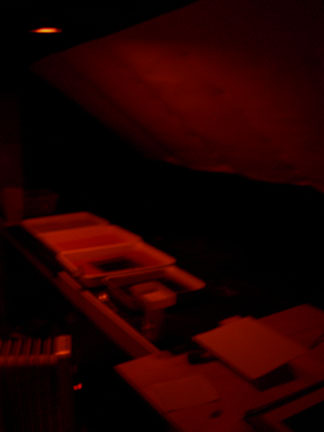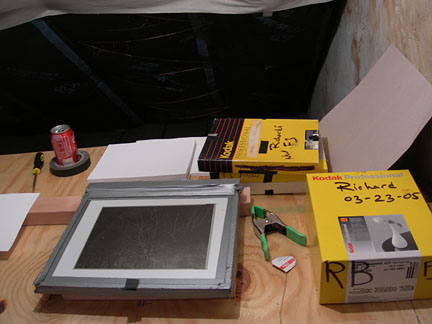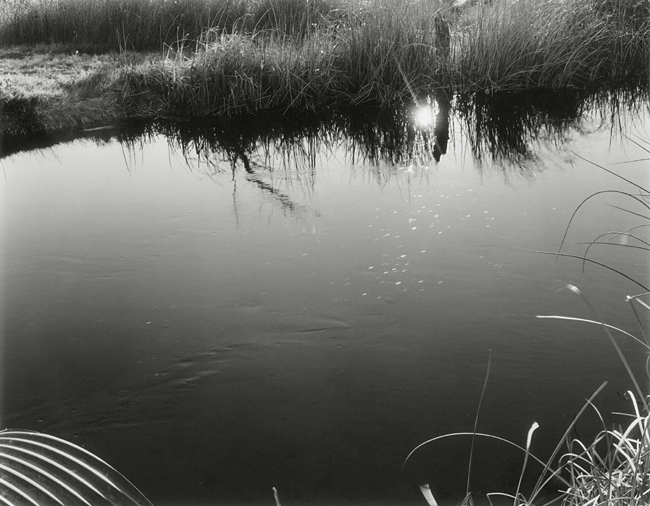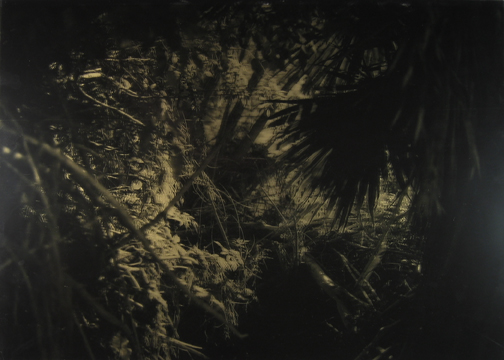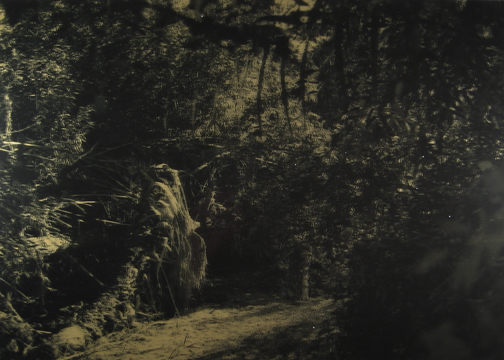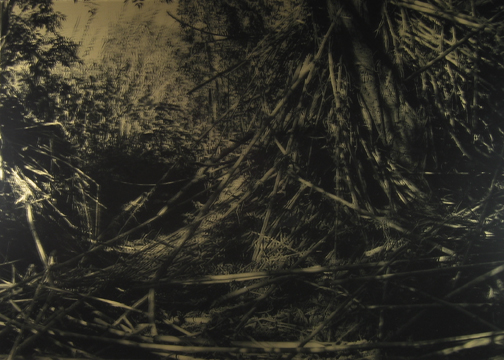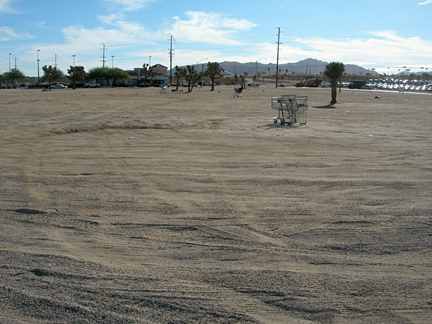Michael P. Berman
Whenever I get a little disillusioned about the future of photography (ironically, it is mostly by reading blogs . . .) I head over to Luminous-Lint, and always find something to connect with and which inspires me to keep on keepin on. Today that find was Michael P. Berman. I had actually seen his book, Inferno, a year ago or so and didn’t recall his name immediately. I had to run to my bookshelf to make sure I don’t already have it before trying to order it tomorrow.
This is his from the introduction on Luminous-Lint from a series on the Gran Desierto.
The Gran Desierto is seven thousand square miles of desert on the western border of Arizona and Sonora. Sand dunes and a shield volcano rise out of the sea of Cortez and float into open basins and thin granite ranges. A single paved road cuts across the desert. The land is hot, dry and has one great natural resource - empty space.
Empty space is not a thing that is often left alone. For this reason, when I think of pristine landscapes, I think of the bombing ranges scattered throughout the American West, and of the fragments of wildlands along the border with Mexico. In these places the matrix of soil still exists; a tire track or footprint pressed into the earth remains there. This simple thing - intact soil - reveals a complexity I find nowhere else.


